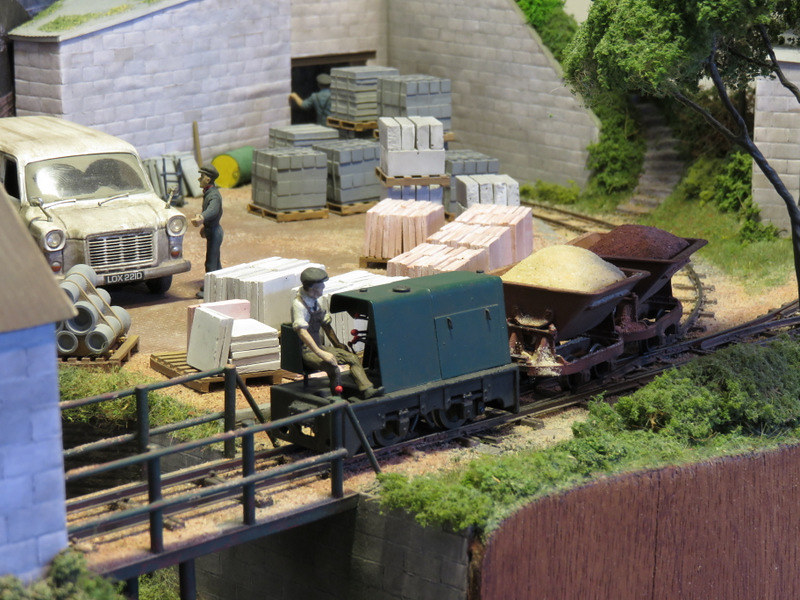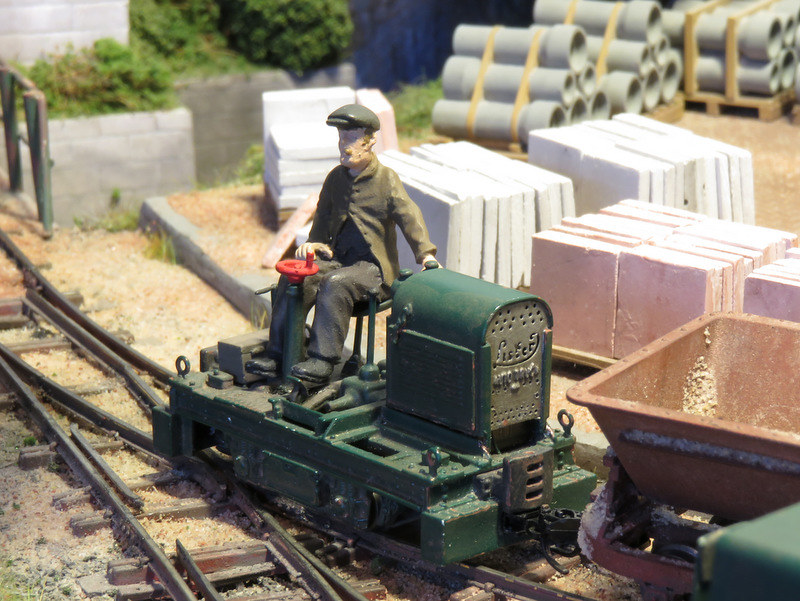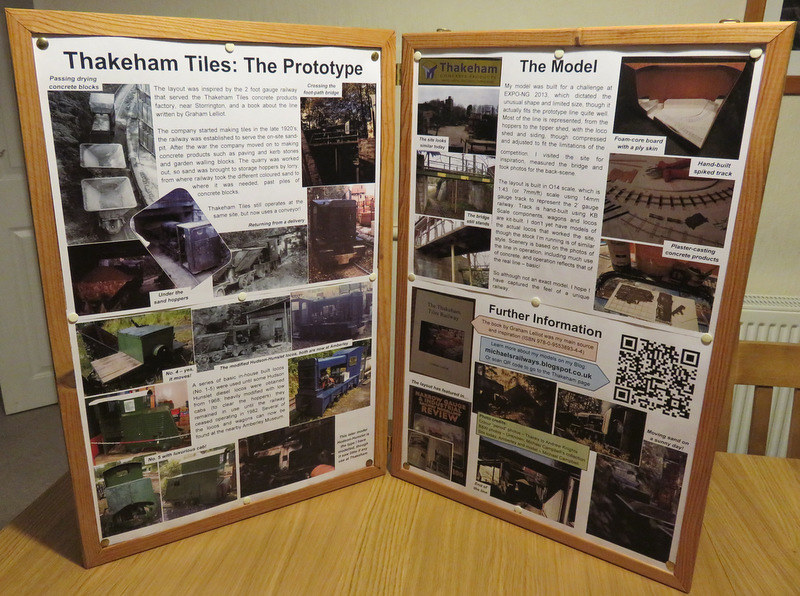Recently a work discussion about getting map data - in that case the altitudes for a route - resulted in a colleague pointing me at this website:
https://www.daftlogic.com/sandbox-google-maps-find-altitude.htm
It didn't take me ling to think of non-work uses too. As a teenager I doodled many track plans, and often schemed out "might-have-been" railways on Ordnance Survey maps. I'd attempt to check contour lines crossed against distance to ensure they weren't implausibly steep, but it wasn't reliable and as I was often planning Narrow Gauge lines through hilly landscapes the gradients would have been pretty severe.
So I plotted one of my favourite schemes using the website, clicking points onto the map, the "Terrain" view gives contours which help. The string of co-ordinates produced can be copied from the box below the map which I pasted into a text file, then imported into Excel. Plotting the latitude and longitude and placing a map picture behind the plot is a quick way of drawing the route - the Excel plot can be stretched either way so I made sure the two end points were correctly positioned on the map, the rest will then be correct. Click the images to enlarge them.
That's rather fun but the data allows much more analysis - easy enough in excel, even if it is rather like the day-job! This site
gives the formula for distance between co-ordinates, so of course gradient can be determined (change in height over distance). However for that I used an
adjusted altitude - representing the track height after civil engineering - and calculated the deviation of that from the ground, i.e. the magnitude of the earth-works. The gradient can often be eased by increasing the height of embankments and cuttings, but for a Narrow Gauge line the balance would be in favour of less costly earth moving and more gradient. It's worth bearing in mind that a delta of a couple of meters can be regarded as negligible, and since my route is often running along the side of a slope, it only represents a few meters deviation of route - or of inaccuracy of my mouse-click on the map! I did go back and adjust some points to get a better route.
So here's my analysis. This line does have severe gradients - 1 in 44 for a sustained period, with another at 1 in 37 at it's worst - but these are not unusual for NG lines (the Welshpool and Llanfair has a section at 1 in 29) and are a good excuse for short trains! That does mean the earthworks are minimal, though an embankment or viaduct up to 25 ft (8m) tall is required to cross a valley just beyond Scorriton, and a 25 ft (8m) deep cutting is needed at Holne - both are plausible for this kind of line. A bridge across the West Dart is also needed near the end of the line, but at a point were that would be relatively easy.
This plot shows the altitude of the line (black) with the terrain (green), and also the gradient as a percentage (so 1% = 1 in 100, 3% = 1 in 33).
So I have a plausible route for an imaginary line, and I'll tell you about it's history another time!



